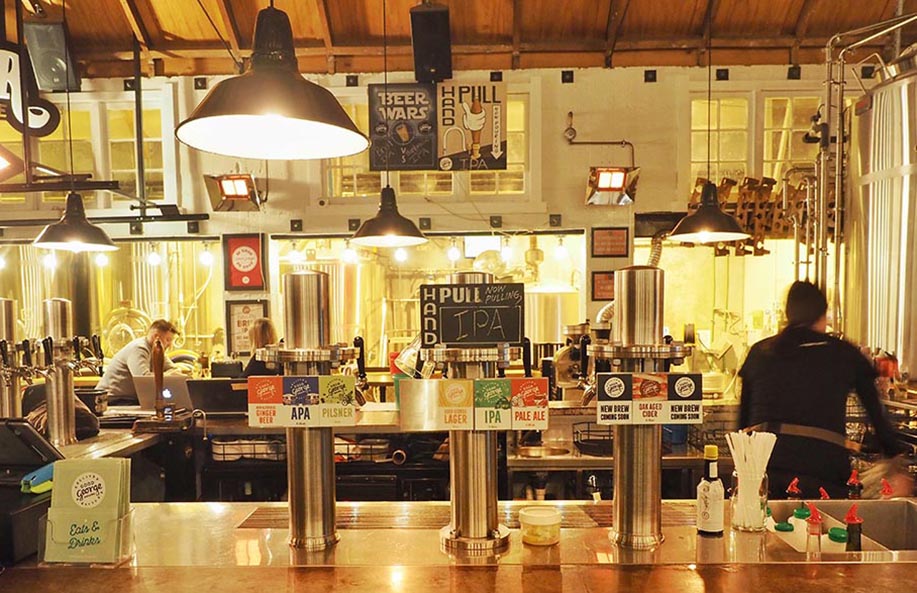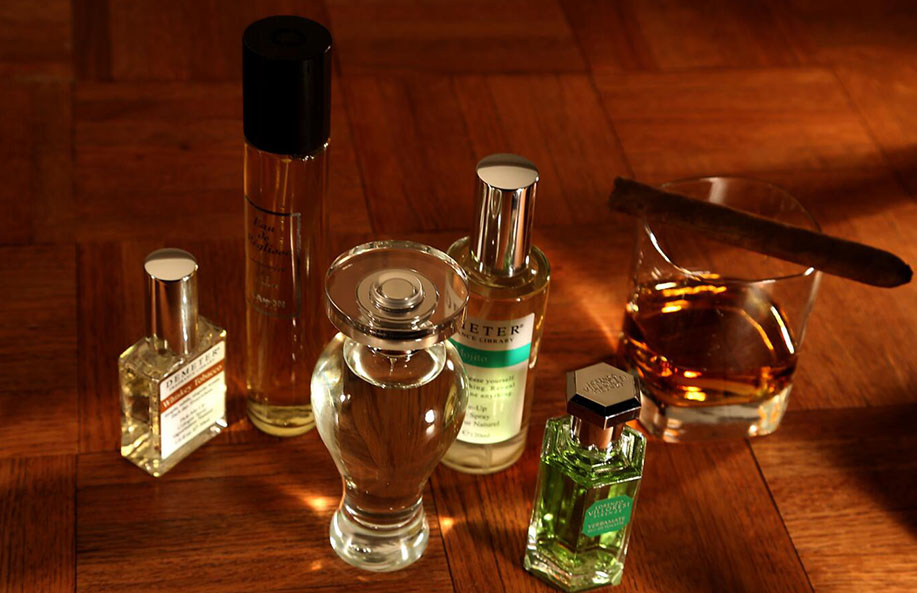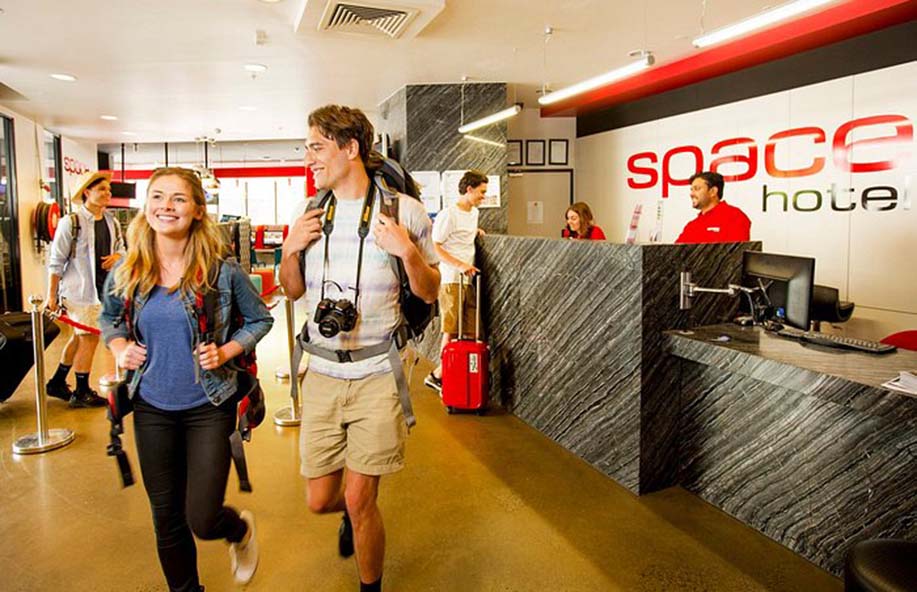Nestled in the heart of the Waikato region, Hamilton stands as a city often overlooked by travelers charting a course through New Zealand’s more globally recognized destinations. Yet, beneath the surface of this inland city flows a rich undercurrent of creativity, craftsmanship, and dedication to local heritage. Hamilton is not merely a geographical waypoint—it is a living gallery of New Zealand’s contemporary makers and artisans, blending innovation with tradition.
This journey through Hamilton reveals a narrative that speaks to the essence of what it means to be “New Zealand Made”—not just as a label, but as a lived philosophy rooted in sustainability, community, and cultural authenticity.
1. A City Built by Hands: Understanding Hamilton’s Artisan Culture
Hamilton’s creative culture emerges from its community-driven spirit. The city’s artisans operate with a philosophy that emphasizes provenance, quality, and enduring beauty over mass production. Many local brands base their ethos on principles drawn from Māori tikanga (customs) and Pākehā settler craftsmanship—both of which celebrate integrity in creation.
The local economy has quietly evolved to support a thriving network of micro-businesses and creators: potters, textile artists, leatherworkers, perfumers, woodturners, glassblowers, brewers, chocolatiers, furniture makers, and more. These makers do not merely sell products—they offer stories, legacies, and a chance for deeper connection with place.
2. Homegrown Heritage: Iconic Hamilton-Based Brands
Several Hamilton-based brands have risen to national prominence without abandoning their local roots. These enterprises reflect a powerful blend of entrepreneurial ingenuity and a devotion to authenticity.
Duck Island Ice Cream: Innovation in Every Scoop
No exploration of Hamilton’s local scene is complete without a visit to Duck Island Ice Cream. Founded in Hamilton East, this boutique ice cream brand has become a sensation across New Zealand. The owners began with a small shopfront and a belief that ice cream could be something magical.
Their flavors—ranging from fairy bread to roasted white chocolate miso—are as imaginative as they are rooted in quality. Many ingredients are locally sourced, including organic milk from nearby Waikato farms and fruit from surrounding orchards. Every batch is hand-made in small quantities, ensuring freshness and consistency.
Good George Brewing: Craft Beer with a Local Soul
Occupying a converted church in Frankton, Good George Brewing is more than just a brewery; it is an emblem of Hamilton’s capacity for reinvention. The founders, all longtime Hamiltonians, transformed a sacred space into a community hub where locals gather to enjoy finely crafted beer and cider.
Their offerings include everything from hazy IPAs and pale ales to non-alcoholic options. What distinguishes Good George is not only the drink but the experience—the open brewhouse, the warm industrial décor, and the food menu designed to complement every beverage. The ingredients are proudly Kiwi, and sustainability is built into every step of production.

3. The Makers’ Market: A Haven for Local Creativity
Hamilton’s thriving makers’ markets provide a direct gateway into the region’s artistic soul. Held throughout the year in various locations—such as Lovegrove Lane, the Hamilton Gardens Pavilion, and the Hamilton Central Library Plaza—these markets are where creators showcase their wares to an appreciative public.
Textile and Fiber Arts: Wool, Weave, and Warmth
New Zealand wool is globally renowned, and in Hamilton, it takes artistic form through a number of talented fiber artisans. Loom & Fibre, an independent label run by a Hamilton-based weaver, presents handwoven scarves, throws, and wall hangings made from locally spun merino and alpaca blends.
Every item is dyed using natural pigments—rhubarb root, indigo, onion skins—resulting in a palette inspired by the Waikato’s natural hues. The texture, durability, and tactile pleasure of each piece reflect not only skill but also a slow, intentional approach to creation.
Leathercraft: Tradition in Every Stitch
One of Hamilton’s lesser-known treasures is its leatherworking scene. Brands such as Horokiwi Leather operate out of small studios where saddle-stitched wallets, belts, and satchels are produced by hand using vegetable-tanned hides sourced from New Zealand tanneries.
These products are made to last decades, not years, and are often passed down through generations. Each item is burnished, waxed, and finished with attention to both utility and form. A visit to a leather studio reveals the care that goes into selecting hides, measuring patterns, and finishing edges—all techniques that haven’t changed in centuries.
4. Ceramics and Clay: Earthbound Beauty from Local Potters
Hamilton’s ceramicists draw inspiration from both Māori and European pottery traditions. The abundance of local clay, combined with a shared sense of reverence for natural form and function, yields work that is both practical and poetic.
Studio Visits: Where Clay Meets Fire
Potters such as Helen Adams and her partner Jason Norwood maintain a woodland studio on the outskirts of Hamilton. Their wood-fired kiln produces pieces marked by unique glaze patterns and textures, impossible to replicate in mass production.
They often welcome visitors for open studio days, where the entire process—from wheel-throwing to glazing to firing—is explained. This transparency fosters appreciation for the time, labor, and artistic vision involved in creating even a single mug.
Community Kilns and Cooperative Crafting
Several community kilns in Hamilton, including those hosted at Waikato Society of Potters, offer workshops for beginners and facilities for more advanced potters. These spaces act as incubators for emerging talent, allowing artists to refine their skills and engage with others across disciplines.
5. Wood, Metal, and Stone: Functional Art from Natural Materials
A strong current of craftsmanship runs through Hamilton’s workshops. Working with natural materials, local artisans blend old-world techniques with new-world precision.
Furniture with a Story: Locally Sourced, Locally Made
Workshop 65, a bespoke furniture studio in the Te Rapa area, is renowned for using reclaimed native timbers such as rimu, tōtara, and kauri. Their pieces—dining tables, sideboards, and shelving units—often incorporate stories of origin, with plaques indicating the history of the timber used.
Sustainability is a core principle. Offcuts are turned into smaller items like cutting boards and coasters, while sawdust is often donated to community gardens or animal shelters. It’s a closed-loop ethos that speaks volumes about Hamilton’s values.
Knives and Metalwork: Blades Built to Last
Hamilton’s few blacksmiths and bladesmiths continue a time-honored tradition with modern flair. At Southern Forge, artisan knifemaker Andrew Walters produces culinary knives revered by New Zealand’s top chefs. Each knife is made from high-carbon steel, with handles carved from native wood or deer antler.
Watching a forge in operation—a glowing anvil, the ring of hammer on steel—is a visceral experience that connects modern users to ancient practices.
6. Jewelry and Wearable Art: Stories Cast in Silver and Stone
Jewelry in Hamilton transcends ornamentation. Many pieces act as carriers of identity, memory, and culture. Māori pounamu (greenstone) carvings share space with sterling silver necklaces inspired by botanical forms.
Greenstone, Bone, and Cultural Resonance
Artists like Mereana Arahanga create taonga (treasured objects) using pounamu sourced from the South Island’s West Coast. Her work is deeply informed by whakapapa (genealogy) and whenua (land). Pieces are often commissioned for special occasions—births, weddings, rites of passage—and imbued with personal symbolism.
Every pendant is shaped, smoothed, and blessed before being released to its new wearer. These are not souvenirs; they are vessels of meaning, handed down through time.
Contemporary Adornment: Modern Forms, Traditional Roots
Jewelry studios such as Form & Forge blend contemporary aesthetics with classic craftsmanship. Using eco-silver and New Zealand gemstones, their minimalist designs appeal to modern tastes while preserving artisanal methods. Hammered finishes, oxidized detailing, and natural motifs create a link between wearer and landscape.
7. Scent and Taste: Artisan Food and Fragrance
Hamilton’s sensory experiences extend well beyond visual and tactile arts. The city’s artisan food scene and fragrance houses reflect the same commitment to locality and detail.
Perfumes Inspired by Place

White Cliff Botanicals, a perfumery located in a small industrial unit, offers fragrances inspired by New Zealand’s native flora. Their scent “Kōwhai Rain” captures the crisp floral notes of spring on the Waikato Riverbanks, while “Mānuka Mist” evokes early morning dew on native bush trails.
The perfumes are blended in small batches, often featuring essential oils distilled in-house. The brand uses recyclable packaging and minimalist design, allowing the scent to speak first.
Chocolatiers and Honey Artisans
Hamilton is home to a number of micro-chocolatiers who craft bars and bonbons using single-origin cacao and indigenous flavorings. Brands like CacaoLab use kawakawa, horopito, and mānuka to create unique combinations. Each chocolate bar becomes a tasting journey through New Zealand’s native landscape.
Equally notable are the region’s honey artisans. With the Waikato’s abundance of flowering trees, apiaries such as Gold Line Honey produce small-batch raw honey prized for its potency and clarity. Their mānuka blends, high in MGO (methylglyoxal), are both culinary delicacies and wellness staples.
8. Textiles and Fashion: Sustainable Style from Local Designers
Hamilton’s fashion scene is quiet but impactful. Local designers prioritize slow fashion, ethical production, and regional identity in their collections.
Natural Dyes and Organic Textiles
Designers such as Anahera Threads focus on organic cotton, linen, and wool, using plant-based dyes and traditional techniques. Collections are small, intentional, and seasonless. Clothes are made for real bodies and real lives, designed to last beyond trends.
Each piece includes information about the materials, the dyers, and the sewers involved in its production. This transparency fosters trust and deepens consumer connection with the product.
Kaupapa-Driven Clothing Labels
Brands rooted in kaupapa Māori principles are also emerging in Hamilton. Clothing becomes a platform for cultural expression and economic sovereignty. Designers incorporate symbols, stories, and language into garments—offering not just fashion, but a visual narrative of identity and resistance.
9. The Future of Making: Hamilton’s Innovation-Driven Studios
New technologies are being harnessed by a new generation of creators in Hamilton. The FabLab at Wintec (Waikato Institute of Technology) allows students and residents alike to experiment with 3D printing, CNC machines, and laser cutting—tools that complement, rather than replace, traditional handcraft.
This blend of analogue and digital opens up exciting possibilities: laser-etched wood inlay, digitally modeled ceramics, and augmented textile designs. Rather than disrupting the artisan ecosystem, these technologies are enabling even greater precision and personalization.
Hamilton’s creative landscape is a study in contrasts and continuities. Old techniques find new voices. Ancient materials are reborn through contemporary hands. Local pride runs deep, but never insular—it invites, shares, and celebrates. Here, the label “New Zealand Made” is not a marketing tool. It is a living practice, shaped by soil, sweat, and soul.



